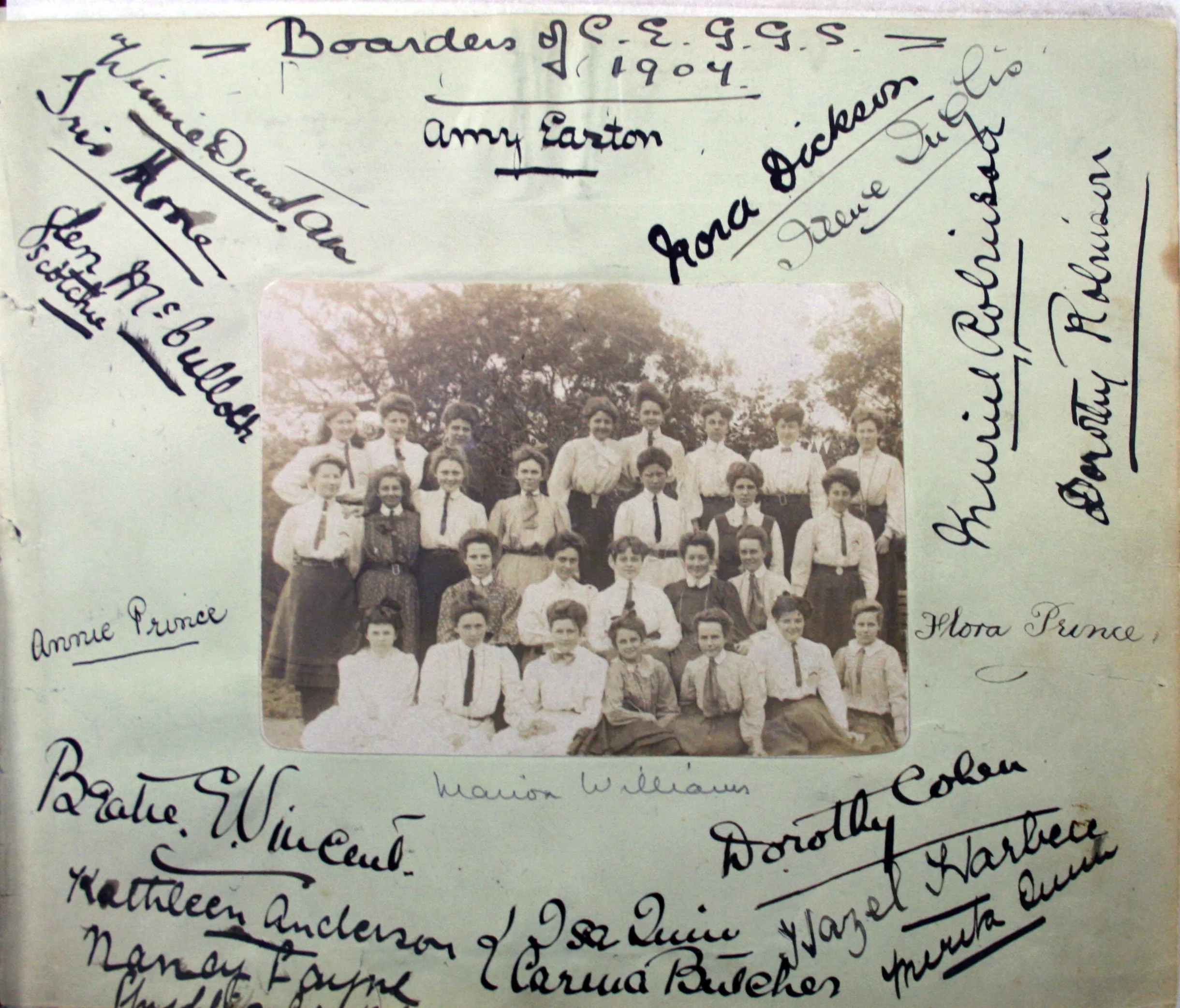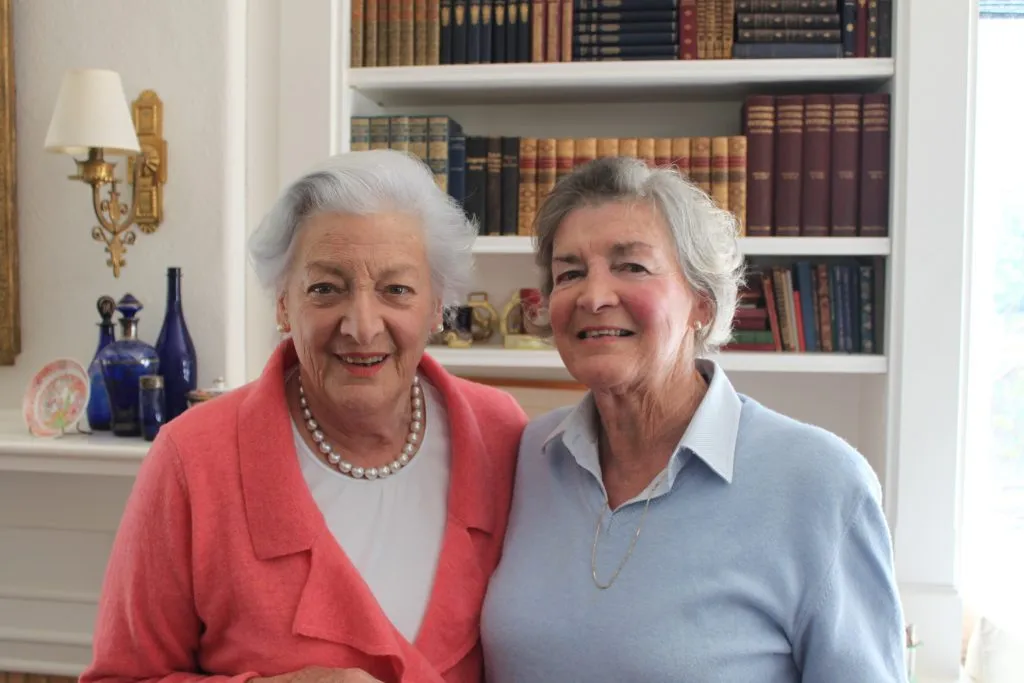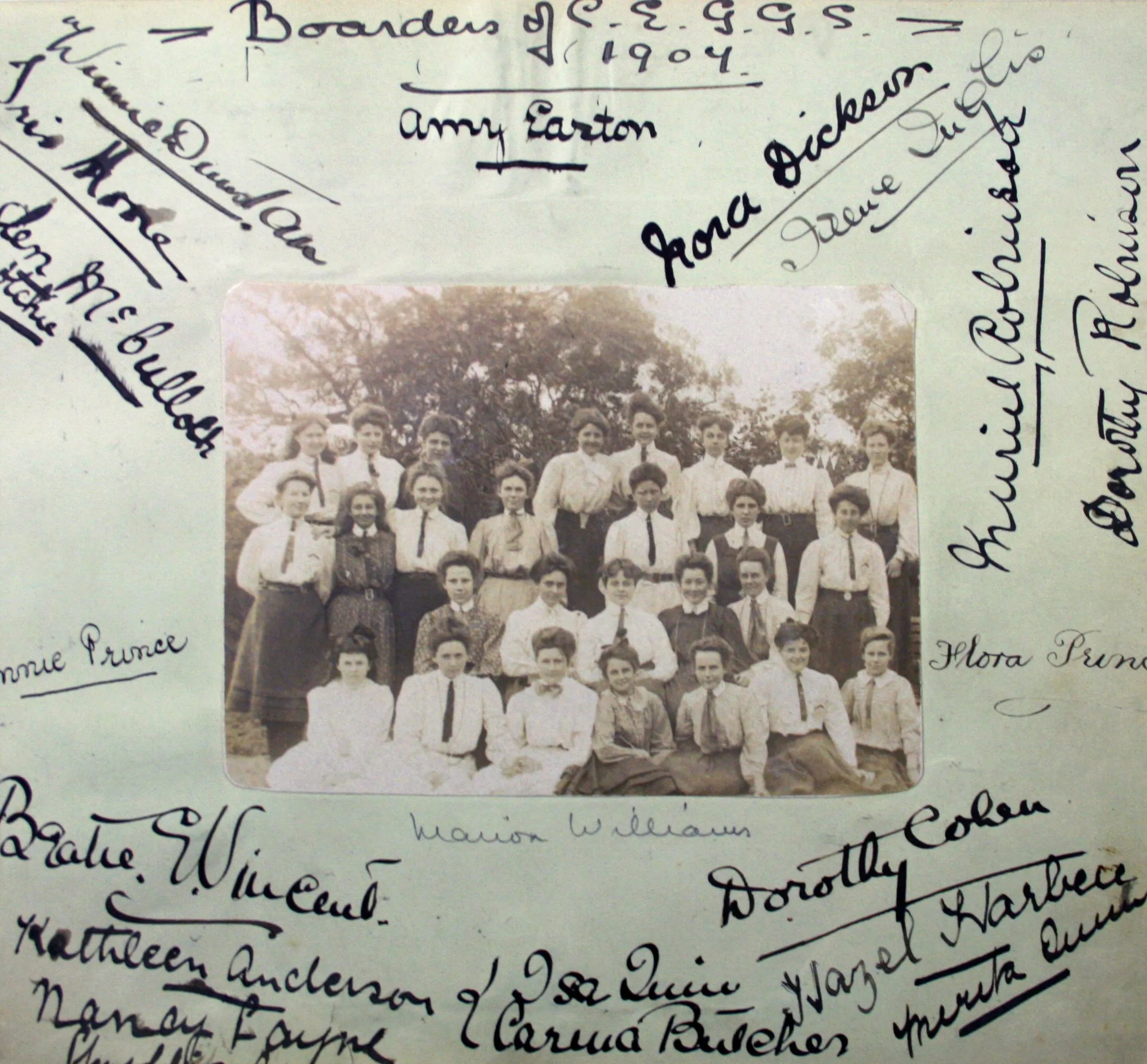

1907 Boarders from autograph book with signatures


1907 Boarders from autograph book with signatures
A Community of Boarders – 1907
This small group of senior boarders, a microcosm of their larger boarding community, came from all over Australia – from rural Victoria, southern NSW, Hobart, Perth and even one girl from New Zealand. Secondary education options were still very limited at the time, especially for girls. Even with the difficulties of travel in 1907 and the long distances involved, a good education for their girls was highly valued by some families and the provision of boarding at the School gave more distant girls this opportunity.

The boarders lived in dormitories on the top floor of the Merton Hall building, while their dining room and drawing room were on the ground floor. The classrooms were at the back of the house, and more were being built in 1907 to keep up with the demand for places at the School. They studied subjects not readily available to many girls at that time, such as Science, learned languages both ancient and modern, played a variety of sports, walked in the Botanic Gardens, went to galleries and theatres and produced their own concerts.
Boarders from 1907
- Kathleen Anderson — Caulfield, Victoria
- Carina Butcher — Elmore, Victoria
- Dorothy Cohen — Bendigo, Victoria
- Nora Dickson — Deniliquin NSW
- Winifred Dunstan — Bendigo, Victoria
- Amy Easton — Wellington, New Zealand
- Hazel Harben — Balranald, New South Wales
- Trix Hoare — Apsley, Victoria
- Irene Inglis — Mildura, Victoria
- Glenisla McCulloch — Tooradin, Victoria
- Nancy Payne — Rupanyup, Victoria
- Annie Prince — Tooberac, Victoria
- Flora Prince — Tooberac, Victoria
- Isa Quin — Lysterfield, Victoria
- Merita Quin — Lysterfield, Victoria
- Dorothy Robinson — Perth, Western Australia
- Muriel Robinson — Perth, Western Australia
- Beatie Vincent — Perth, Western Australia
- Marion Williams — Hobart, Tasmania
The boarders lived in dormitories on the top floor of the Merton Hall building, while their dining room and drawing room were on the ground floor. The classrooms were at the back of the house, and more were being built in 1907 to keep up with the demand for places at the School. They studied subjects not readily available to many girls at that time, such as Science, learned languages both ancient and modern, played a variety of sports, walked in the Botanic Gardens, went to galleries and theatres and produced their own concerts.
Boarders from 1907
- Kathleen Anderson — Caulfield, Victoria
- Carina Butcher — Elmore, Victoria
- Dorothy Cohen — Bendigo, Victoria
- Nora Dickson — Deniliquin NSW
- Winifred Dunstan — Bendigo, Victoria
- Amy Easton — Wellington, New Zealand
- Hazel Harben — Balranald, New South Wales
- Trix Hoare — Apsley, Victoria
- Irene Inglis — Mildura, Victoria
- Glenisla McCulloch — Tooradin, Victoria
- Nancy Payne — Rupanyup, Victoria
- Annie Prince — Tooberac, Victoria
- Flora Prince — Tooberac, Victoria
- Isa Quin — Lysterfield, Victoria
- Merita Quin — Lysterfield, Victoria
- Dorothy Robinson — Perth, Western Australia
- Muriel Robinson — Perth, Western Australia
- Beatie Vincent — Perth, Western Australia
- Marion Williams — Hobart, Tasmania
The boarders lived in dormitories on the top floor of the Merton Hall building, while their dining room and drawing room were on the ground floor. The classrooms were at the back of the house, and more were being built in 1907 to keep up with the demand for places at the School. They studied subjects not readily available to many girls at that time, such as Science, learned languages both ancient and modern, played a variety of sports, walked in the Botanic Gardens, went to galleries and theatres and produced their own concerts.
Boarders from 1907
- Kathleen Anderson — Caulfield, Victoria
- Carina Butcher — Elmore, Victoria
- Dorothy Cohen — Bendigo, Victoria
- Nora Dickson — Deniliquin NSW
- Winifred Dunstan — Bendigo, Victoria
- Amy Easton — Wellington, New Zealand
- Hazel Harben — Balranald, New South Wales
- Trix Hoare — Apsley, Victoria
- Irene Inglis — Mildura, Victoria
- Glenisla McCulloch — Tooradin, Victoria
- Nancy Payne — Rupanyup, Victoria
- Annie Prince — Tooberac, Victoria
- Flora Prince — Tooberac, Victoria
- Isa Quin — Lysterfield, Victoria
- Merita Quin — Lysterfield, Victoria
- Dorothy Robinson — Perth, Western Australia
- Muriel Robinson — Perth, Western Australia
- Beatie Vincent — Perth, Western Australia
- Marion Williams — Hobart, Tasmania
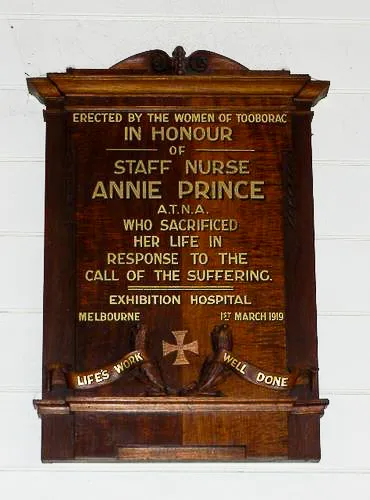

Annie Prince Monument



Annie Prince Monument


1907 Merton Hall Dining Hall


1907 Merton Hall Drawing Room
The Robinson girls, Muriel, Dorothy and younger sister, Nellie, all came from Perth along with Beatie Vincent. With no railway connection to the east, they would have travelled by ship in the notoriously rough seas of the Great Australian Bight. Excellent sportswomen, they played hockey, baseball, tennis and cricket with enthusiasm. After their time at school, the three Robinson girls made their way to London where they worked throughout the First World War – Muriel as a nurse, Nellie as a VAD (voluntary nursing aide) and Dorothy as the hall porter at the same hospital.
Flora and Annie Prince’s stories are a reminder that life was more precarious in those days. The girls came from Tooborac, a small town near Heathcote. Flora, who had been very active in the local Red Cross and Soldiers’ League, died in 1917 from complications after childbirth, leaving behind a husband and infant daughter. Annie trained as a nurse and, in 1919, was looking after Spanish Flu patients at the temporary Exhibition Buildings Hospital in Carlton. Sadly, she contracted the disease herself and died in March 1919. The Tooborac community established a memorial commemorating Annie’s service.
This provides a snapshot of the boarding community in 1907. Communication with family was only by letter and, for most, it was difficult to return home except in the ‘long holidays’. They created their own community in the Boarding House and in the School, just like the generations of boarders who have followed them. Many of the friendships were long lasting and most kept in touch with the School throughout their lives.
The Robinson girls, Muriel, Dorothy and younger sister, Nellie, all came from Perth along with Beatie Vincent. With no railway connection to the east, they would have travelled by ship in the notoriously rough seas of the Great Australian Bight. Excellent sportswomen, they played hockey, baseball, tennis and cricket with enthusiasm. After their time at school, the three Robinson girls made their way to London where they worked throughout the First World War – Muriel as a nurse, Nellie as a VAD (voluntary nursing aide) and Dorothy as the hall porter at the same hospital.
Flora and Annie Prince’s stories are a reminder that life was more precarious in those days. The girls came from Tooborac, a small town near Heathcote. Flora, who had been very active in the local Red Cross and Soldiers’ League, died in 1917 from complications after childbirth, leaving behind a husband and infant daughter. Annie trained as a nurse and, in 1919, was looking after Spanish Flu patients at the temporary Exhibition Buildings Hospital in Carlton. Sadly, she contracted the disease herself and died in March 1919. The Tooborac community established a memorial commemorating Annie’s service.
This provides a snapshot of the boarding community in 1907. Communication with family was only by letter and, for most, it was difficult to return home except in the ‘long holidays’. They created their own community in the Boarding House and in the School, just like the generations of boarders who have followed them. Many of the friendships were long lasting and most kept in touch with the School throughout their lives.
The Robinson girls, Muriel, Dorothy and younger sister, Nellie, all came from Perth along with Beatie Vincent. With no railway connection to the east, they would have travelled by ship in the notoriously rough seas of the Great Australian Bight. Excellent sportswomen, they played hockey, baseball, tennis and cricket with enthusiasm. After their time at school, the three Robinson girls made their way to London where they worked throughout the First World War – Muriel as a nurse, Nellie as a VAD (voluntary nursing aide) and Dorothy as the hall porter at the same hospital.
Flora and Annie Prince’s stories are a reminder that life was more precarious in those days. The girls came from Tooborac, a small town near Heathcote. Flora, who had been very active in the local Red Cross and Soldiers’ League, died in 1917 from complications after childbirth, leaving behind a husband and infant daughter. Annie trained as a nurse and, in 1919, was looking after Spanish Flu patients at the temporary Exhibition Buildings Hospital in Carlton. Sadly, she contracted the disease herself and died in March 1919. The Tooborac community established a memorial commemorating Annie’s service.
This provides a snapshot of the boarding community in 1907. Communication with family was only by letter and, for most, it was difficult to return home except in the ‘long holidays’. They created their own community in the Boarding House and in the School, just like the generations of boarders who have followed them. Many of the friendships were long lasting and most kept in touch with the School throughout their lives.










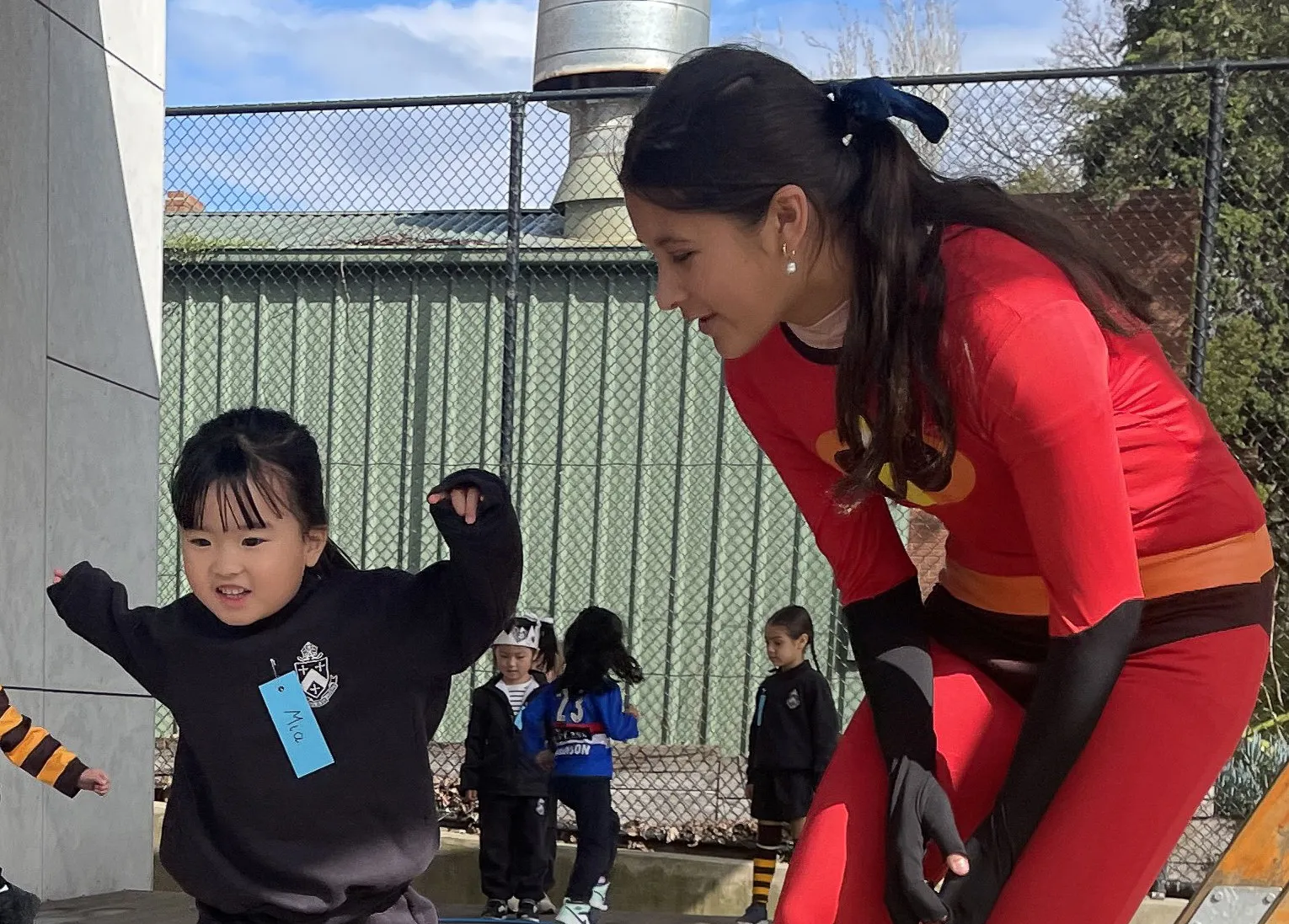
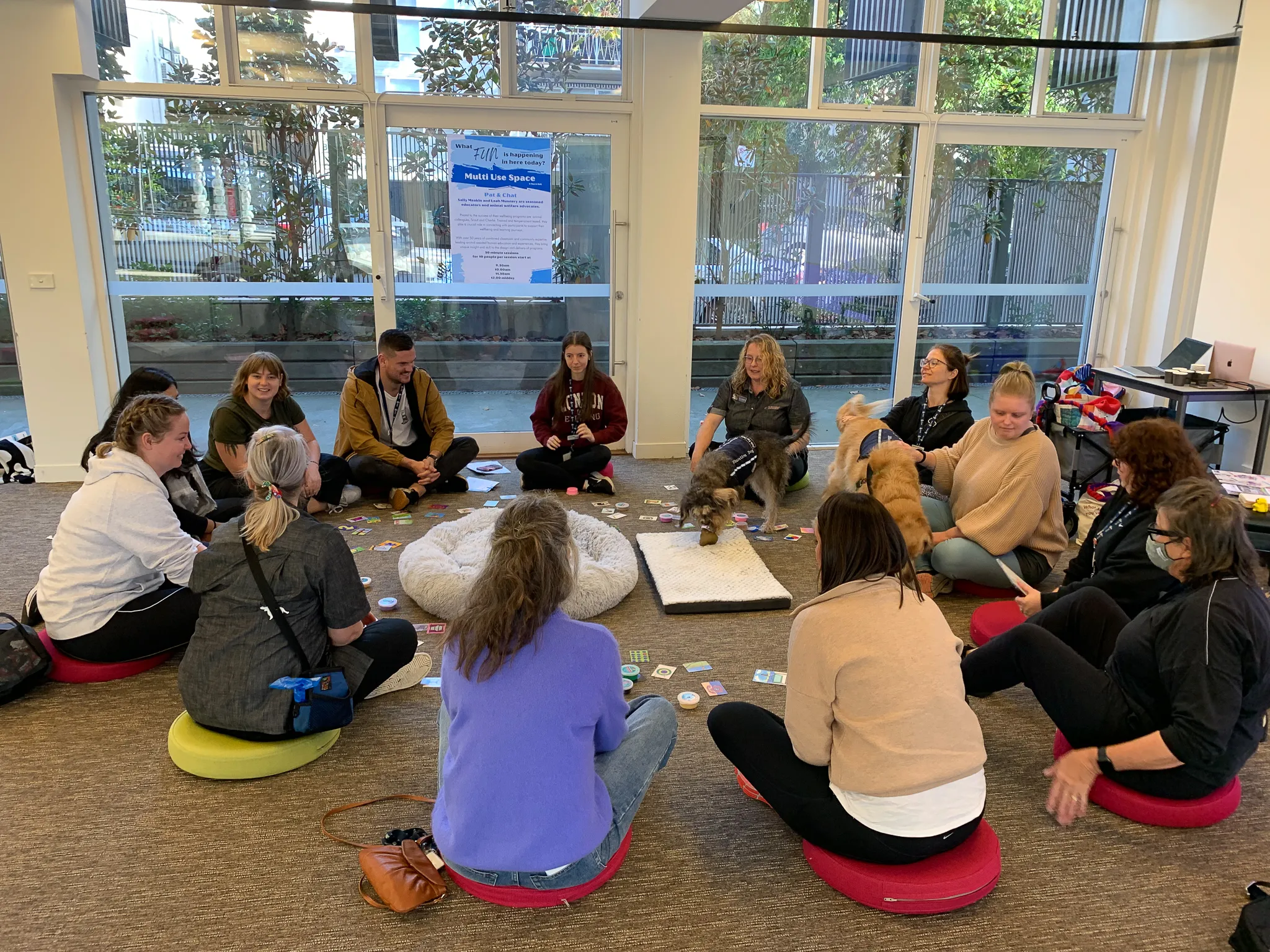


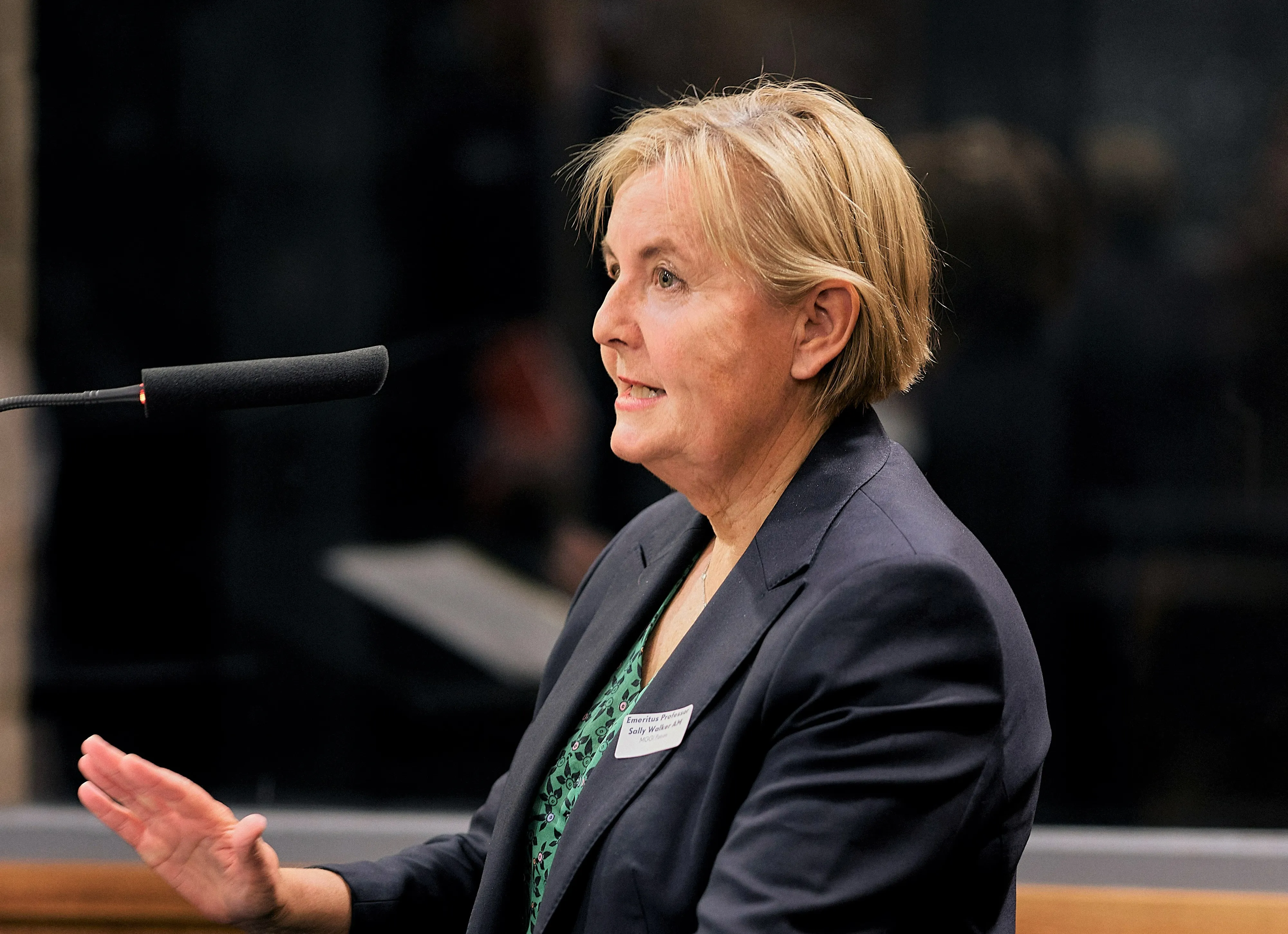
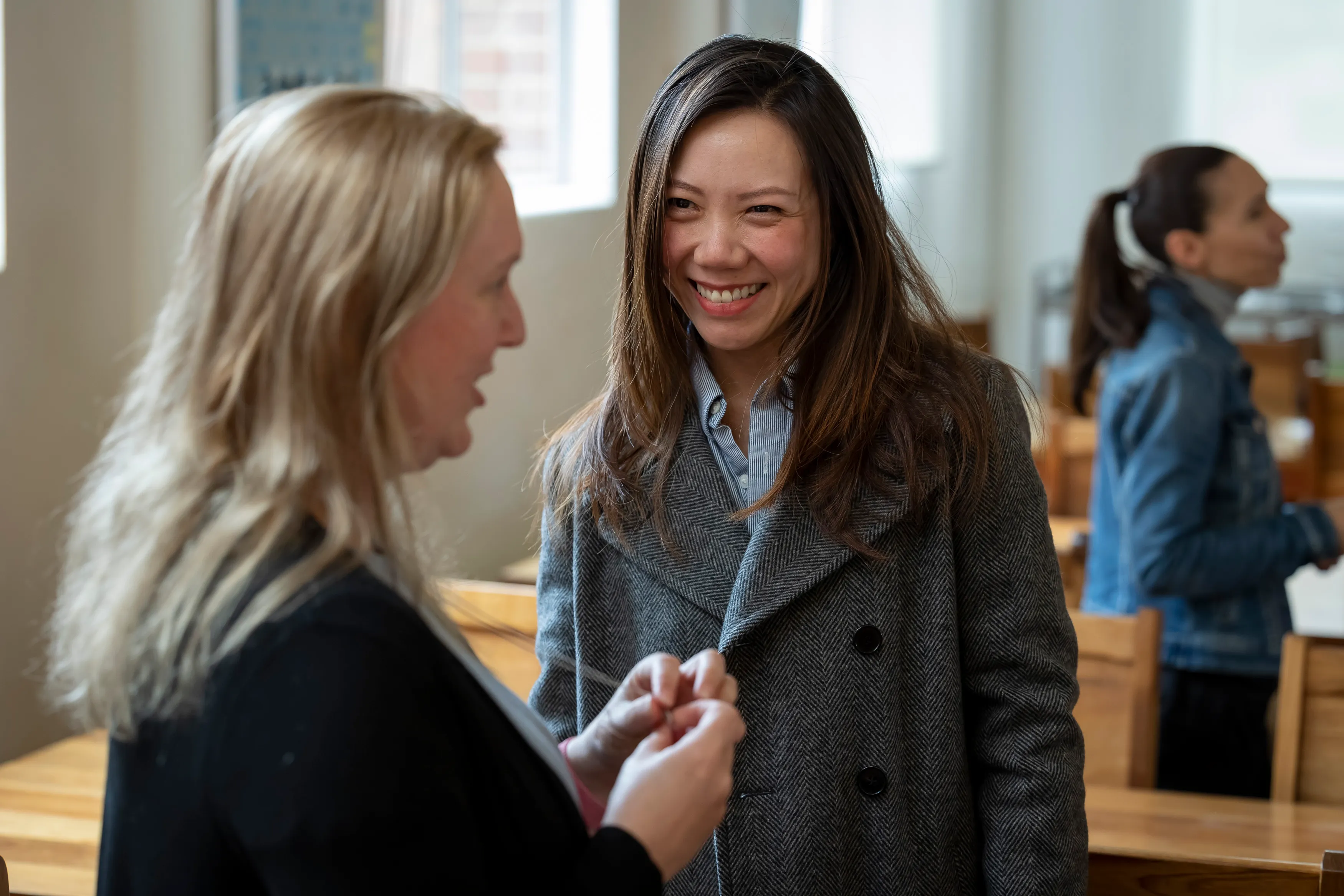

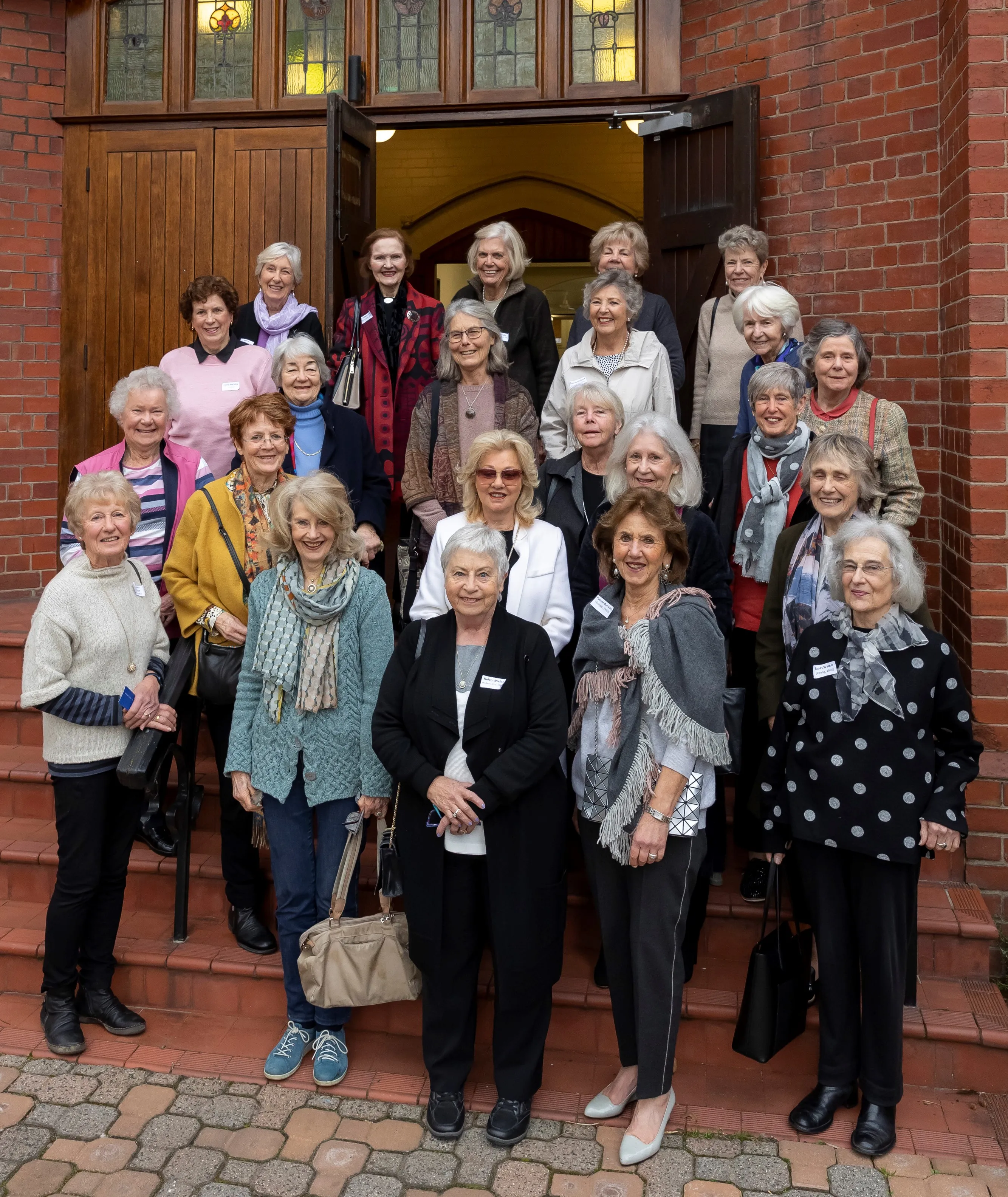
%20(1)-%20Wedding.webp)
